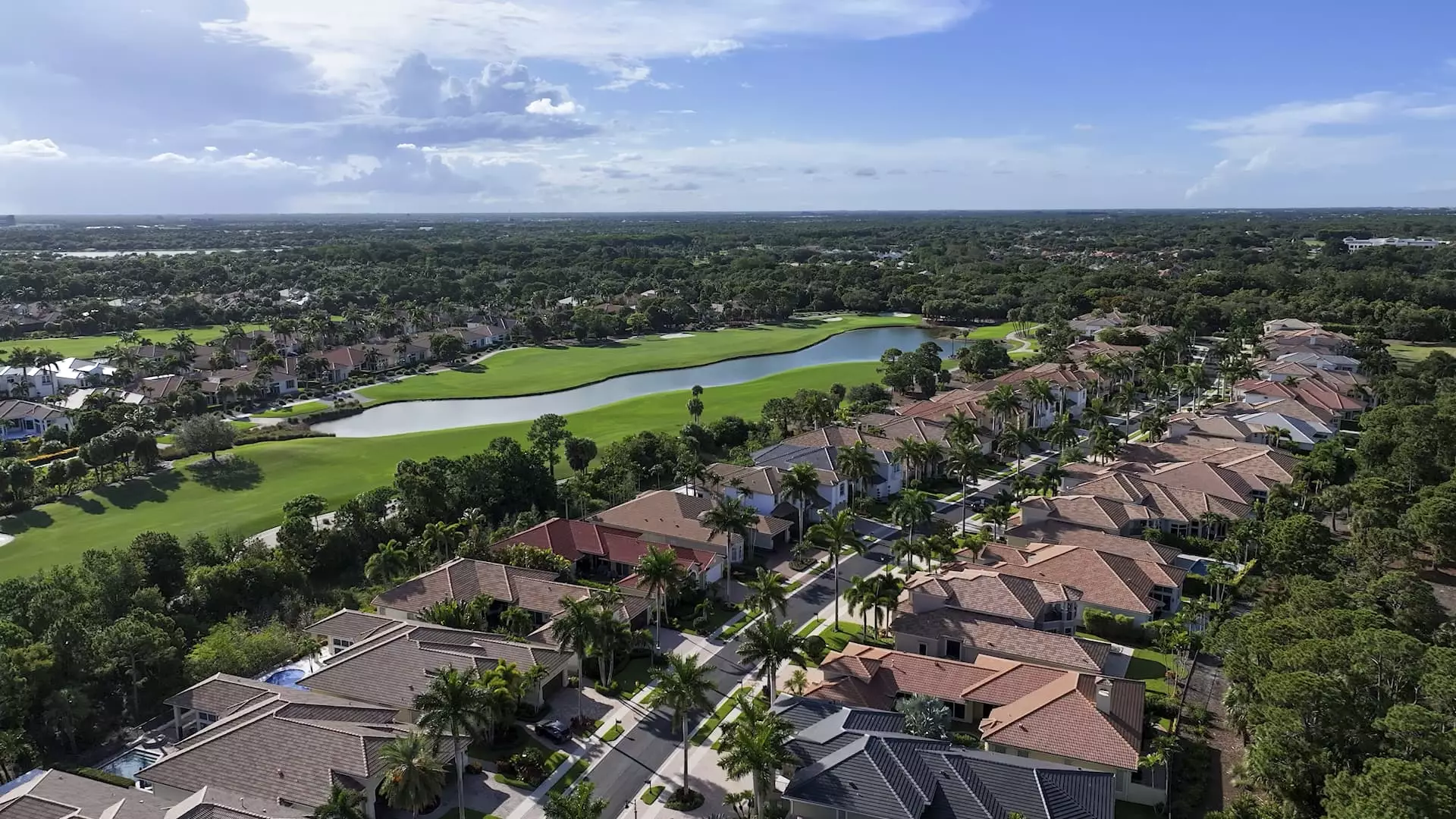Gated communities in America have become a symbol of exclusivity and comfort, but beneath their polished veneer lies a complex web of socioeconomic factors that often go unnoticed. While they promise security and a high quality of life, the real motivation for many residents is a desire to retreat from the uncertainties of the outside world. This retreat is accompanied by significant financial commitments—higher home prices, hefty HOA fees, and additional membership dues—creating an internal ecosystem that isolates rather than integrates. The appeal of amenities like golf courses, water access, and concierge services is undeniable, yet these features serve more to substantiate a sense of prestige than truly address genuine security concerns.
The Myth of Safety and Social Division
Despite the prevalent marketing of gated communities as safe havens, the truth is more nuanced. In the United States, gates are less about warding off violent crime and more about controlling access and maintaining privacy. The difference may seem subtle, but it underpins a mindset that fosters separation rather than community cohesion. This physical barrier, combined with the cloistering effect of homeowners’ associations and exclusive amenities, unintentionally reinforces social stratification. Home values in these enclaves tend to appreciate at a faster rate, perpetuating cycles of privilege that make integration increasingly difficult. Such exclusivity can distort the social fabric, marginalize poorer neighborhoods, and undermine the broader social trust necessary for a healthy democracy.
The Economic and Social Consequences of Gated Living
While residents may enjoy a sense of peace within their gated domains, the broader implications of this lifestyle choice are troubling. These communities are often characterized by a sense of insularity that discourages meaningful interaction with diverse populations. The upwards of 10% to 20% premium on home prices within these enclaves further fuels economic inequality, making homeownership inaccessible to many. Consequently, gated communities contribute to reinforcing societal divides—both economically and culturally—rather than bridging them. It’s an echo chamber where privilege is reinforced under the guise of safety, which ironically can breed complacency and a disconnect from the realities faced by those outside the gates.
The Liberal Perspective: A Need for Reform and Inclusivity
As a centrist liberal, I see gated communities as symptomatic of a broader societal failure to address inequality and social cohesion. Instead of investing in community-wide safety and inclusivity, these enclaves promote segregation under the pretense of security. The fallacy that exclusive living equates to a better quality of life diverts attention from necessary societal reforms—such as affordable housing, improved policing, and equitable urban planning—that could foster genuine community resilience. The obsession with controlling access and maintaining a certain aesthetic ultimately hampers the development of inclusive spaces where diversity and mutual understanding could thrive. In a society striving toward fairness and unity, gated communities represent a retreat into comfort that risks deepening the divides we should be seeking to overcome.

